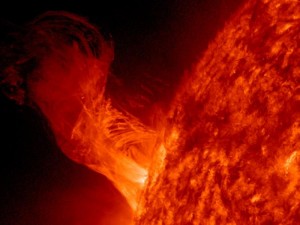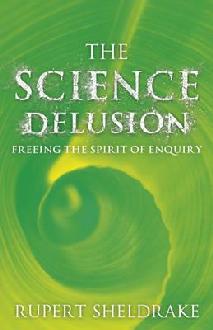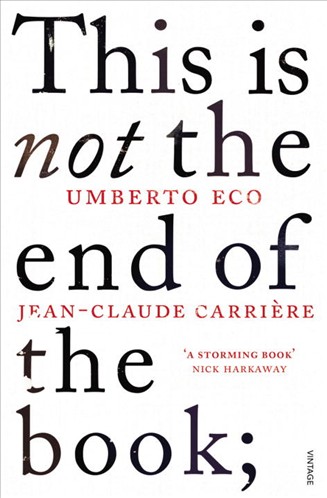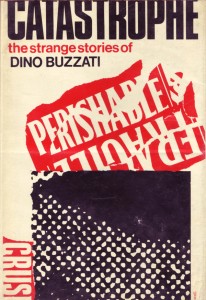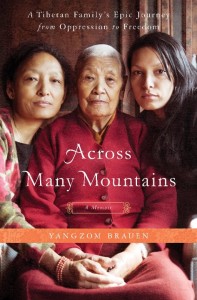Unsung NZ Sci-Fi
Saturday, May 4th, 2013Three neglected science fiction books by New Zealand writers:
The Red Dust by Bee Baldwin (1965) is one of the first NZ post-apocalyptic novels. A deadly red dust released by Antarctic drilling wipes out much of the world. A group of immunes must survive roaming gangs and a mastermind who wants to rule New Zealand. It’s a chilling, well-structured story, with great use of NZ settings (this adult novel was inexplicably in my primary school library where I read it at age 10 and understood about 10%).
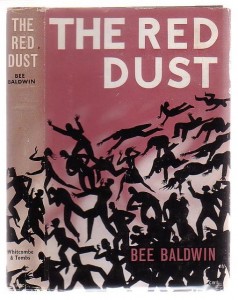
The Unquiet by Carolyn McCurdie is a strikingly original intermediate novel and a suspenseful read. It has an apocalyptic opening when the planet Pluto and parts of the Earth’s surface vanish. A small town girl has a gift for sensing unrest in the fabric of the universe and becomes the focus in a battle as the novel turns into a fantasy.
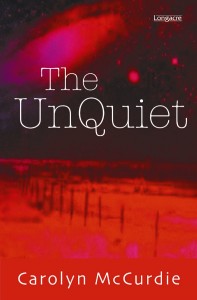
Where All Things End by David Hill describes a spectacular journey into a Black Hole. A mission to study the hole goes wrong and the crew race towards the Singularity- a point where all things become no-things. A ripping yarn underpinned by a convincing depiction of space travel and universal theories.
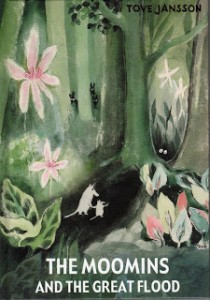 At last! The original Moomin book has been released in an elegant hardcover English edition for the first time. Moomins and the Great Flood (1945) is a junior novel that reveals the Moomin’s origins. Moominmamma and her son leave the world of humans (where they lived behind stoves) and become refugees, seeking their lost beloved, Moominpappa, who has been swept away by a flood. We meet the characters who will populate the later novels: Sniff, the Hemulen, the Antlion and the surreal Hattifatteners, who “did not care about anything except travelling from one strange place to another.” This poignant story was Jansson’s response to the Second World War that had interrupted her painting career. The book has her beautiful atmospheric watercolours.
At last! The original Moomin book has been released in an elegant hardcover English edition for the first time. Moomins and the Great Flood (1945) is a junior novel that reveals the Moomin’s origins. Moominmamma and her son leave the world of humans (where they lived behind stoves) and become refugees, seeking their lost beloved, Moominpappa, who has been swept away by a flood. We meet the characters who will populate the later novels: Sniff, the Hemulen, the Antlion and the surreal Hattifatteners, who “did not care about anything except travelling from one strange place to another.” This poignant story was Jansson’s response to the Second World War that had interrupted her painting career. The book has her beautiful atmospheric watercolours.